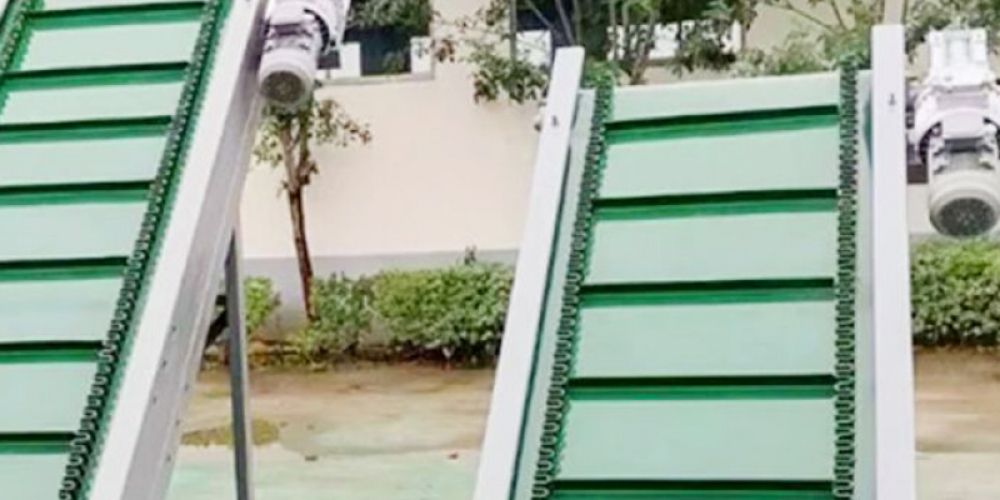
In industrial environments, industrial light conveyor belts are more suitable, mainly based on the following considerations: First, material and durability. Industrial light conveyor belts mostly use high-strength and high-wear-resistant polymer materials, such as PVC, PU, etc. These materials have good flexibility and wear resistance, and can adapt to various complex working environments. Meanwhile, industrial light-duty conveyor belts may incorporate multi-layer structural designs to enhance their strength and stability. These features enable industrial light-duty conveyor belts to maintain excellent performance and have a long service life even when subjected to heavy loads and operating for long periods.

In contrast, ordinary light conveyor belts may use simpler rubber or synthetic materials, and have a relatively simple structure. Such materials and structures may be prone to wear and aging when subjected to heavy loads or long-term operation, resulting in a relatively short service life.
2. Performance requirements
Industrial light conveyor belts need to meet performance standards in specific industrial environments, such as food-grade safety standards, anti-static standards, etc. These performance requirements require industrial light conveyor belts to undergo more process processing and quality control during the manufacturing process to ensure that they can meet various needs in industrial environments.
Ordinary light conveyor belts mainly meet basic material handling and transmission needs, and have relatively low performance requirements. Therefore, it may not require too much process processing and quality control during the manufacturing process, resulting in it being unable to meet specific performance requirements in certain industrial environments.
3. Adaptability and flexibility
Industrial light conveyor belts have good adaptability and flexibility, and can be equipped with various accessories, such as side baffles, skirts, drive rollers, etc., to meet different conveying needs. This allows industrial light conveyor belts to be widely used in material handling and transmission scenarios in various industrial automation and production lines.
Ordinary light conveyor belts may have relatively poor adaptability and flexibility due to limitations in material and structure, which may result in them being unable to effectively meet conveying needs in some complex industrial environments.